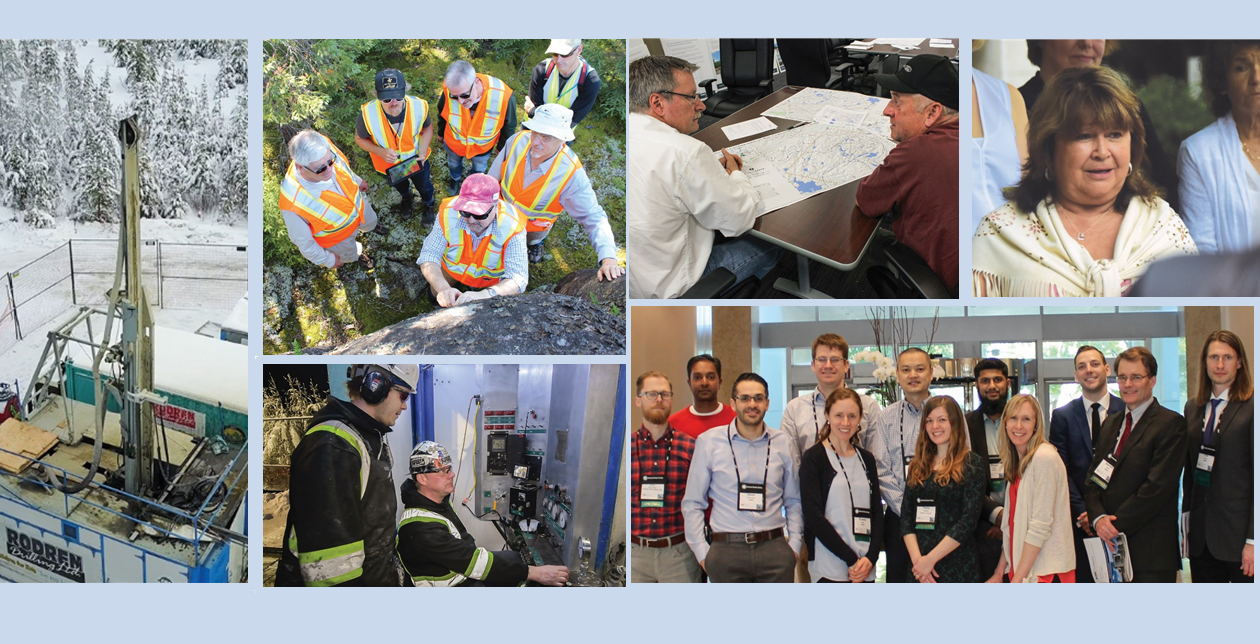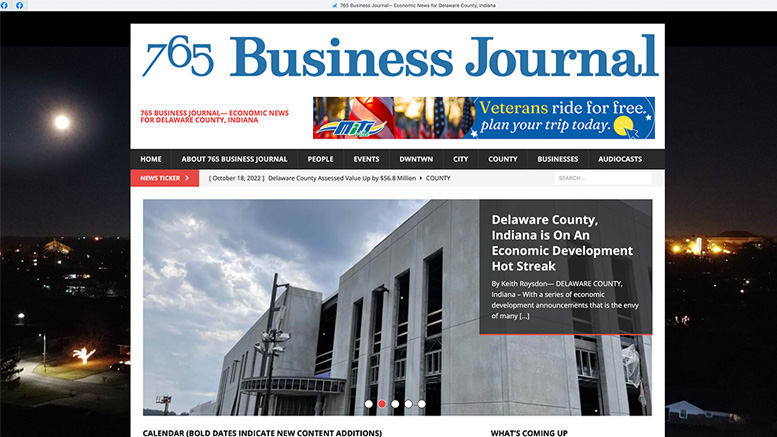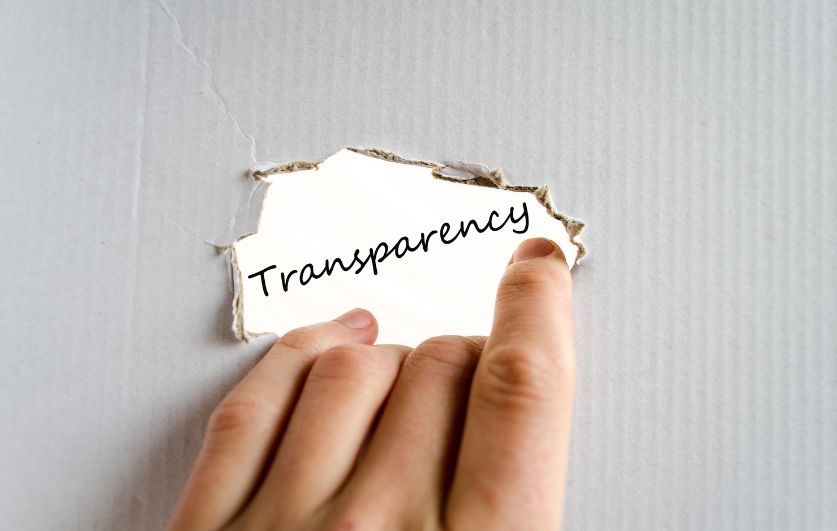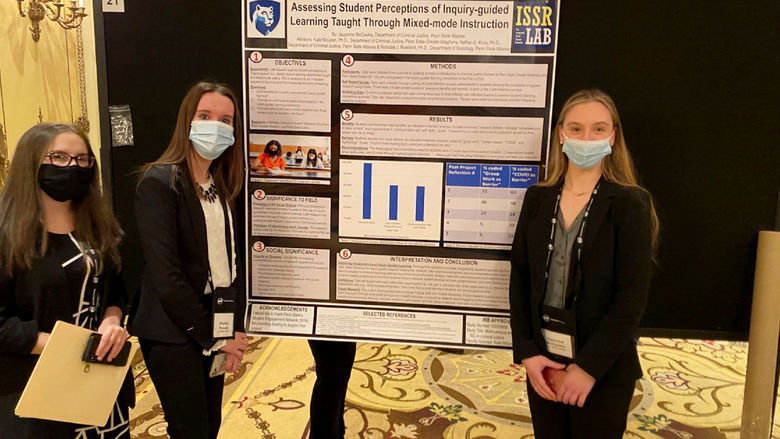IAEA Releases New Publication on Stakeholder Engagement in Disposal of Radioactive Waste

Safe and effective solutions for the disposal of radioactive waste are available today. But their implementation requires the understanding and support of stakeholders, including government officials (national, regional and local), industry, business and environmental organisations, local communities and the general public.
Communication and stakeholder involvement in radioactive waste disposal (Nuclear Energy Series No. NW-T-1.16), the latest IAEA publication addressing nuclear energy communication and outreach efforts, describes how to interact with key stakeholders to successfully dispose of radioactive waste, including high-level, long-lived radioactive waste from nuclear power plants.
“Building and maintaining stakeholder trust is a complex issue,” said Hiroyuki Umeki, managing director of NUMO, Japan’s nuclear waste management organization. “The international experience compiled in this publication, its practical approaches, the iterative process of learning from each other and applying them to specific national cases, has greatly inspired our stakeholder engagement program in Japan.”
Radioactive waste must be disposed of safely. High-level waste, which is a tiny fraction of all radioactive waste but has the potential to be hazardous for hundreds of thousands of years, must be disposed of deep in geological repositories. The science behind these sites is well developed, with Finland set to begin operating the world’s first such facility in the coming years. But how can authorities and waste management organizations build the social trust needed to locate and host a deep geological repository?
Part of the answer lies in stakeholder engagement. This new IAEA publication is based on years of cumulative experience of successful and less successful engagement strategies. And while there can be no one-size-fits-all engagement model as each country has its unique context, this publication provides an understanding of the factors that contribute to effective stakeholder engagement for a successful elimination program.
At the heart of engagement is dialogue, a two-way conversation allowing interest groups to make their views and concerns known and heard, and enabling authorities and the waste management organization to explain the factors on which any decision is based. This process results in a better mutual understanding and helps build trust in the solutions to be implemented.
“The Swedish experience of building a repository for spent nuclear fuel clearly shows that nothing can be achieved unless all stakeholders are met respectfully, transparently and at their own pace,” Saida said. Engstroem of the Swedish electricity company Vattenfall and a contributor to the publication. “This way, stakeholders can understand the complexity of such projects, we can learn from each other, and solid trust can be built.”
This new publication details the principles, responsibilities and phases of a good public and stakeholder interaction plan and shows the value of using proven methodologies. In particular, there are ideas about differentiating between national, regional and local engagement policies, and for practitioners to approach the process with openness and humility, while being honest about the degree of influence they have on the decisions. Illustrative examples of how community support issues can be resolved are provided, along with experiences in setting decision milestones.
“A stakeholder engagement program that gives due consideration to the specific interests and concerns of the community is an asset to the successful implementation of a elimination program,” said Stefan Mayer, elimination expert. IAEA and co-author of the publication. “And the effective management of radioactive waste is essential to the sustainable use of peaceful nuclear technologies.”






